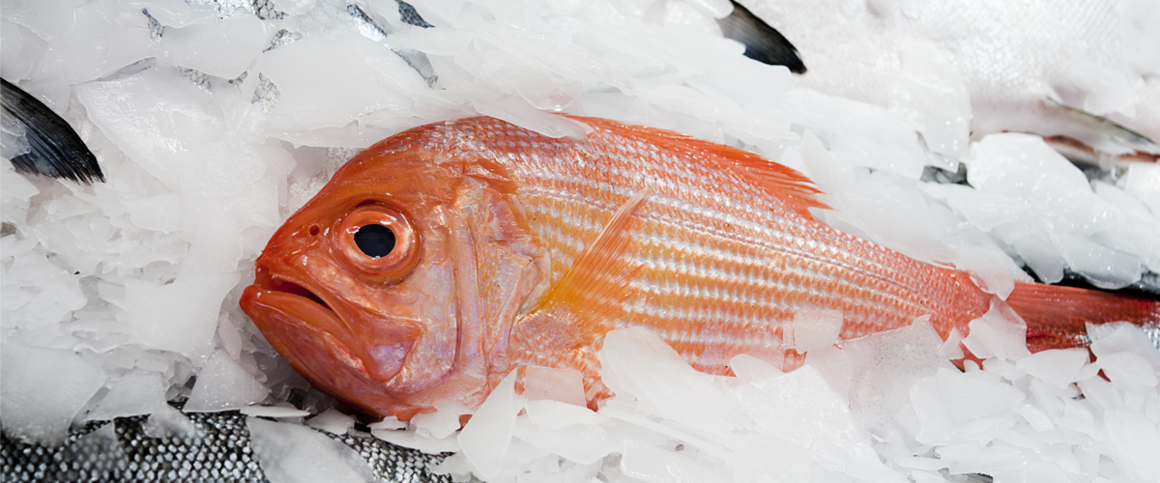Ciguatera poisoning

Ciguatera poisoning (CP) is the most frequently reported poisoning caused by a marine toxin in fish. It occurs when people consume fish that have accumulated ciguatoxins (CTXs) after feeding on toxic microalgae or other fish containing CTXs. CTXs are temperature-stable, so they are not destroyed by cooking or freezing and have no colour, taste or odour.
Symptoms appear within 3 to 48 hours after eating contaminated fish and include:
- nausea
- vomiting
- diarrhoea
- abdominal cramps
- tingling or numbness in the lips, tongue, and extremities
- burning pain caused by a normally innocuous cold stimulus (cold allodynia)
- metallic taste in the mouth
- joint and muscle pain
- itching without visible skin rash
- blurry vision
- pain during sexual intercourse
- low blood pressure
- slower than usual heart rate.
Key facts
Risk for people
CFP is usually not life-threatening, but in severe cases, it can lead to serious complications like dehydration, shock affecting the heart and blood circulation, or difficulty in breathing, which can sometimes result in death.
How it spreads
The main route of transmission is through the consumption of herbivorous fish that feed on toxic microalgae or carnivorous fish that feed on toxin-containing fish.
These toxins may be transmitted from person to person. For example, to infants during breastfeeding or to a sexual partner via semen.
Vaccination and treatment
There is no specific treatment for Ciguatera poisoning. Treatment is based on symptomatic and supportive care.
Protective measures
Ciguatera poisoning can be prevented by:
- avoiding consumption of fish of unknown species
- avoiding consumption of large, predatory fish species.
In addition, when travelling to areas where the disease is present, it is recommended to buy fish in controlled markets.




